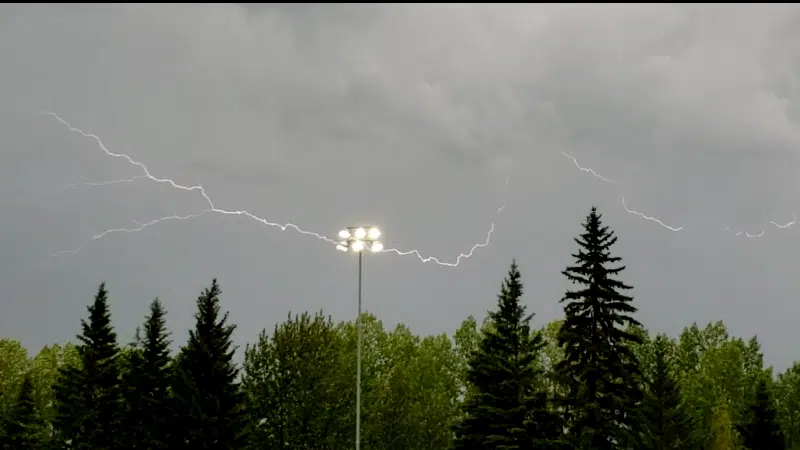
Damp summer means more safety awareness needed
Red Deer has had its fair share of stormy weather so far this summer. For many, it’s become frustrating.
Therefore, it may surprise locals to learn that rainfall totals for June and the first half of July are actually below normal.
Robyn Dyck, meteorologist for Environment and Climate Change Canada runs down some of the numbers.
“In June, Red Deer had 74.5 millimetres (of precipitation). Records for Red Deer go back to 1905, and the average is about 87.9 mm. We work with 30-year normals, so the 1981-2010 normal is about 94 mm.


